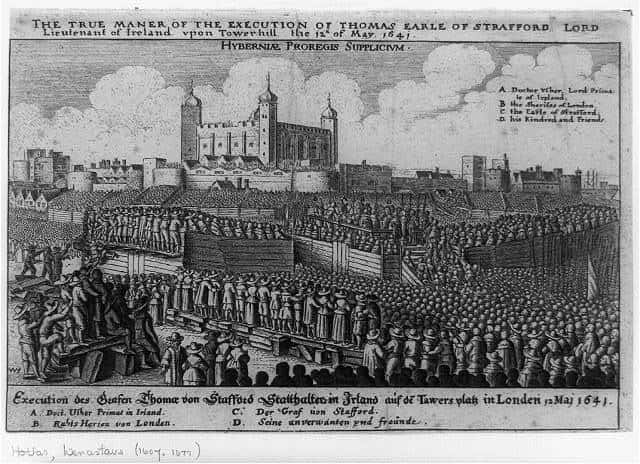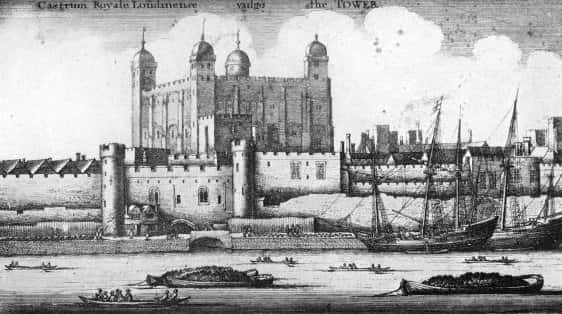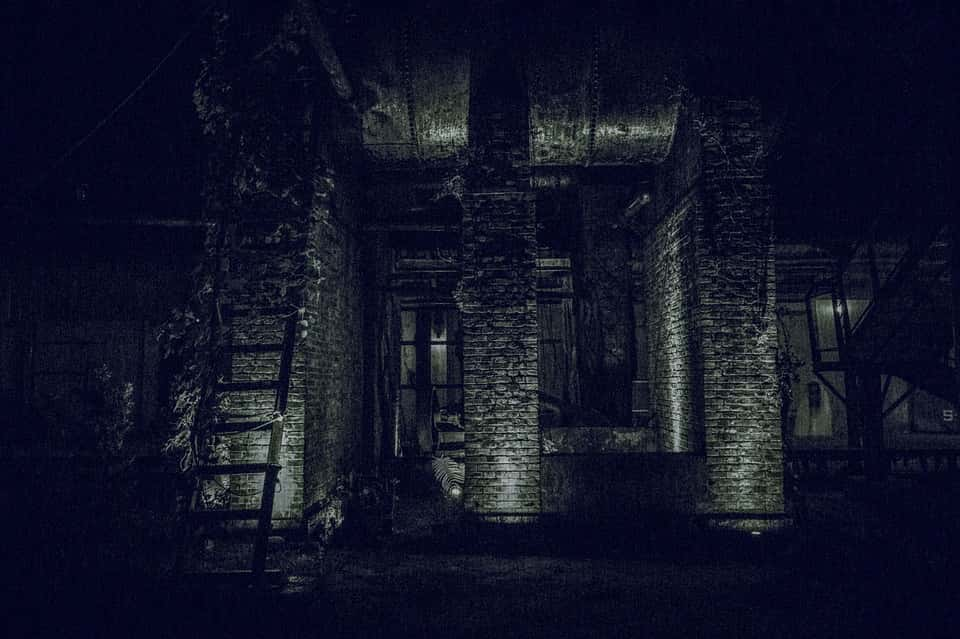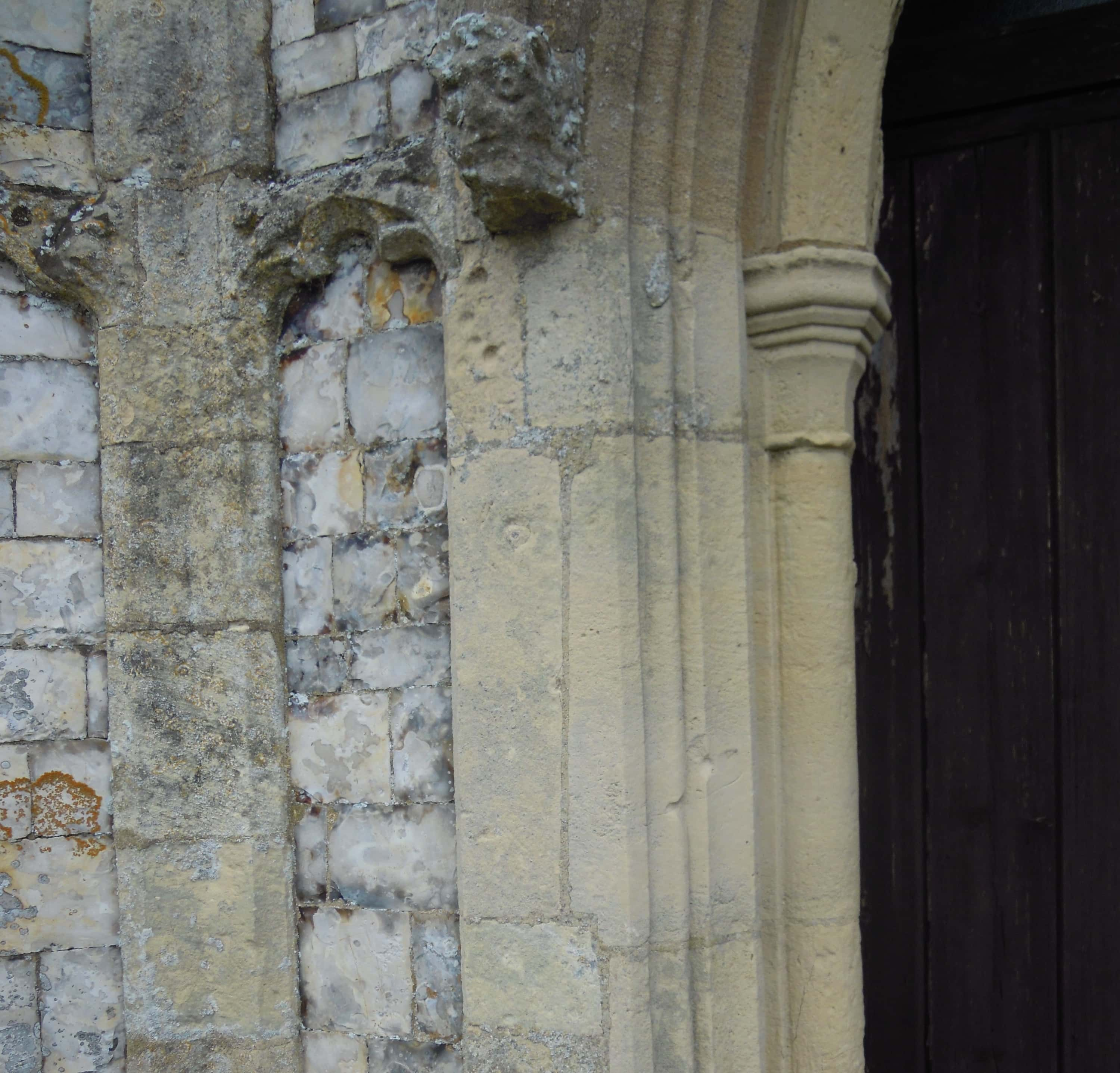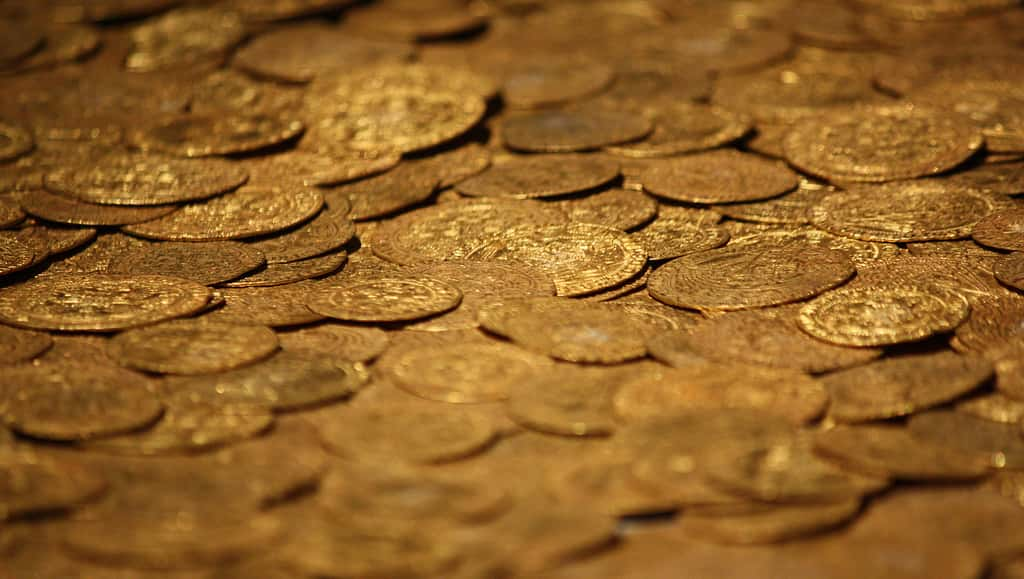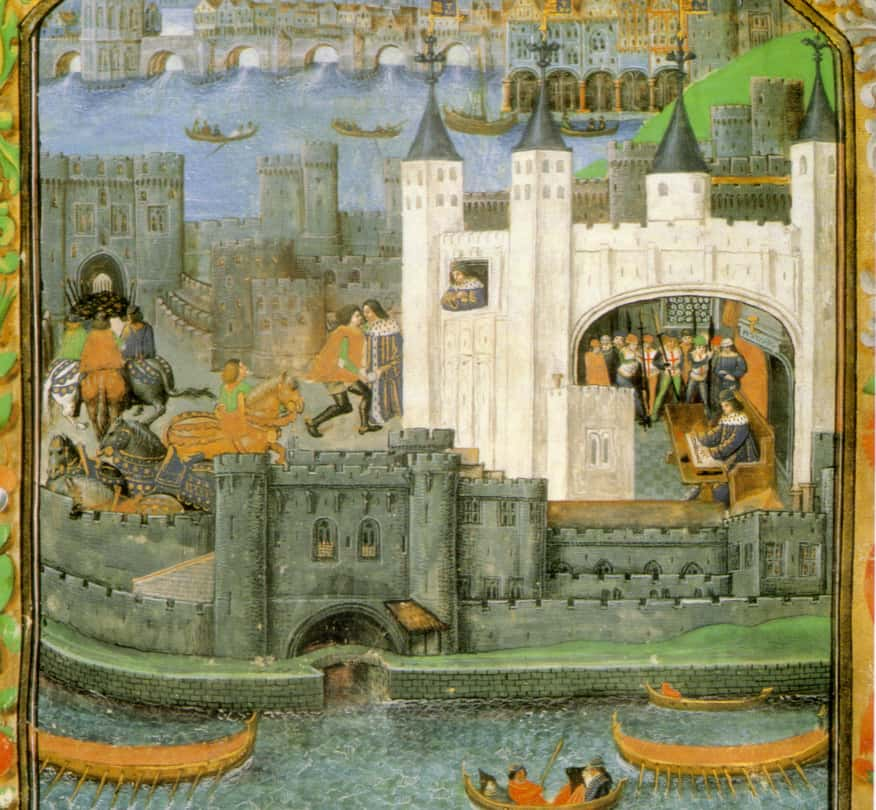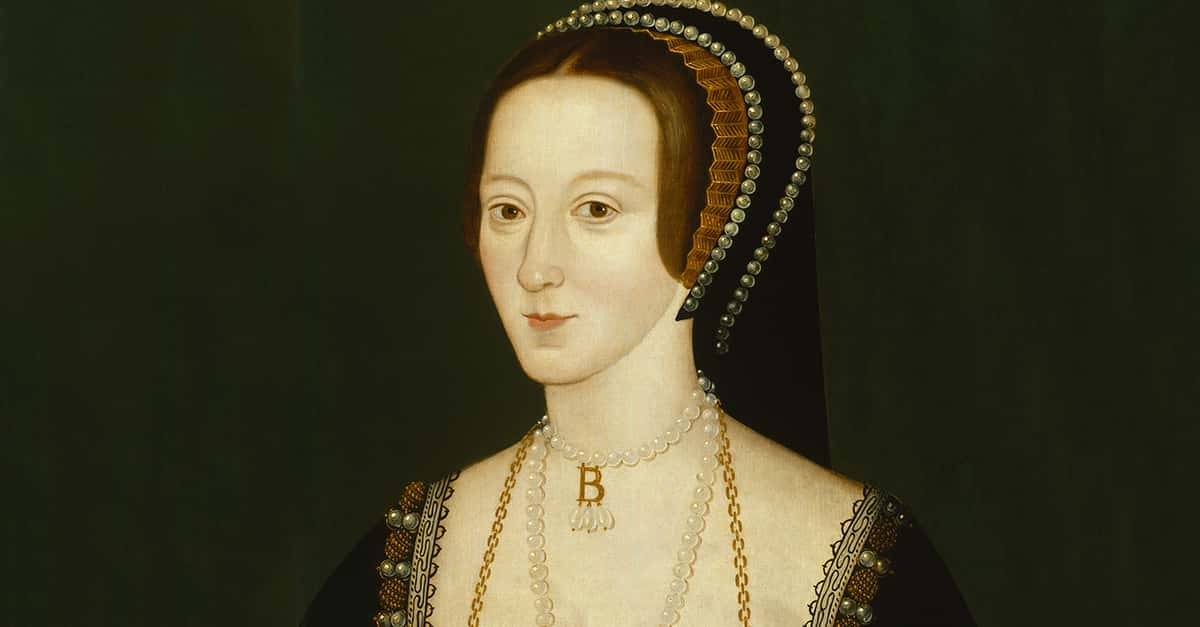The Infamous Royal Prison
The incredible structure that is the Tower of London has quite the storied history. Home to kings and queens, their families, prisoners, animals, crown jewels, money—and more.
It was said to be the most secure castle int he land, as it guarded royal possessions, and possibly even hidden treasure. As a result, much blood was spilled on its grounds, and the ghosts of royal prisoners are believed to still roam the halls.

1. The Castle Is Centuries Old
The Tower of London is centuries old—it goes back all the way to 1066. William the Conqueror got the ball rolling for this long-time military stronghold, which remained as such until the 19th century. Much has been added onto the Tower since its creation, and now it takes up a whopping 12 acres of land along the River Thames.
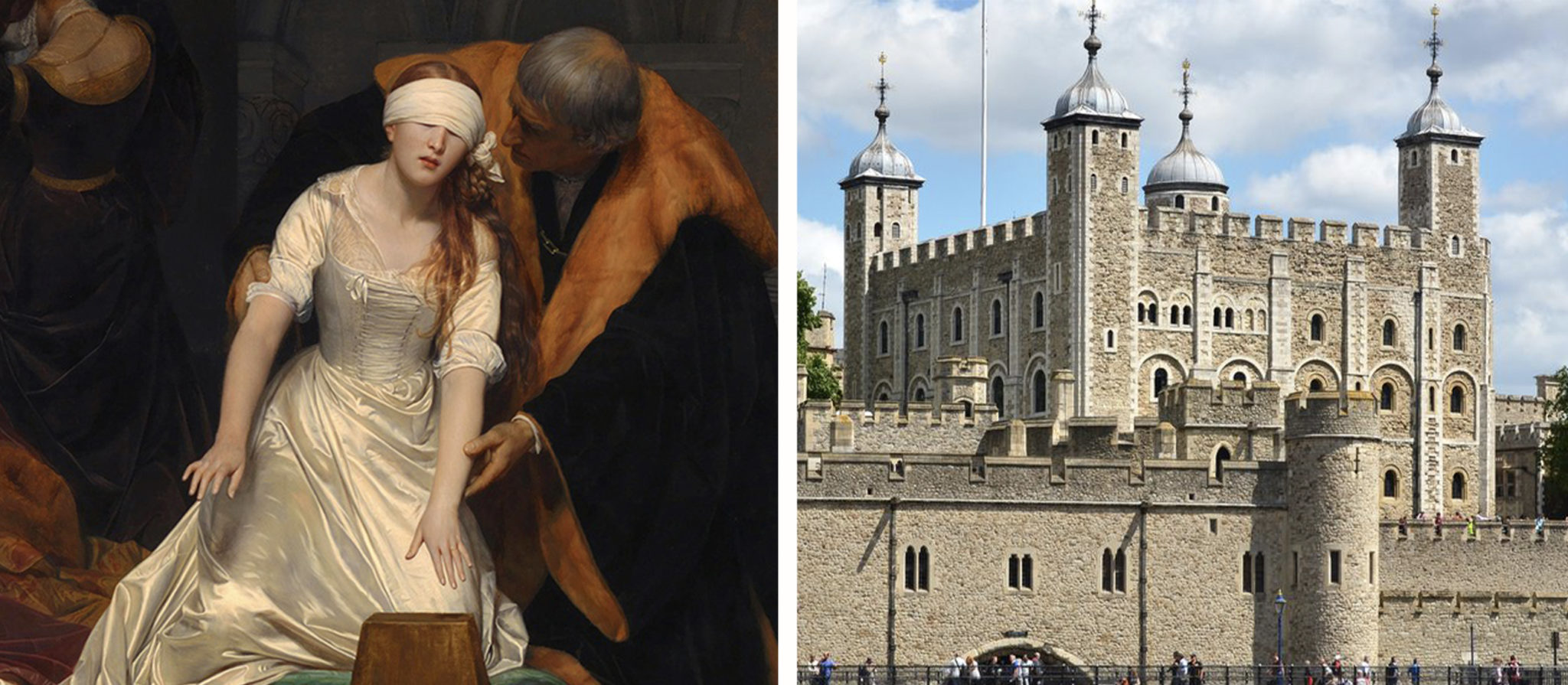
2. It Was Escape Proof
Fortress indeed! It would be quite difficult trying to get through the walls of the Tower, if you were so inclined. They’re a whopping 15 feet thick. To put that in perspective, just think about how tall you are, and then maybe double or even triple that number.
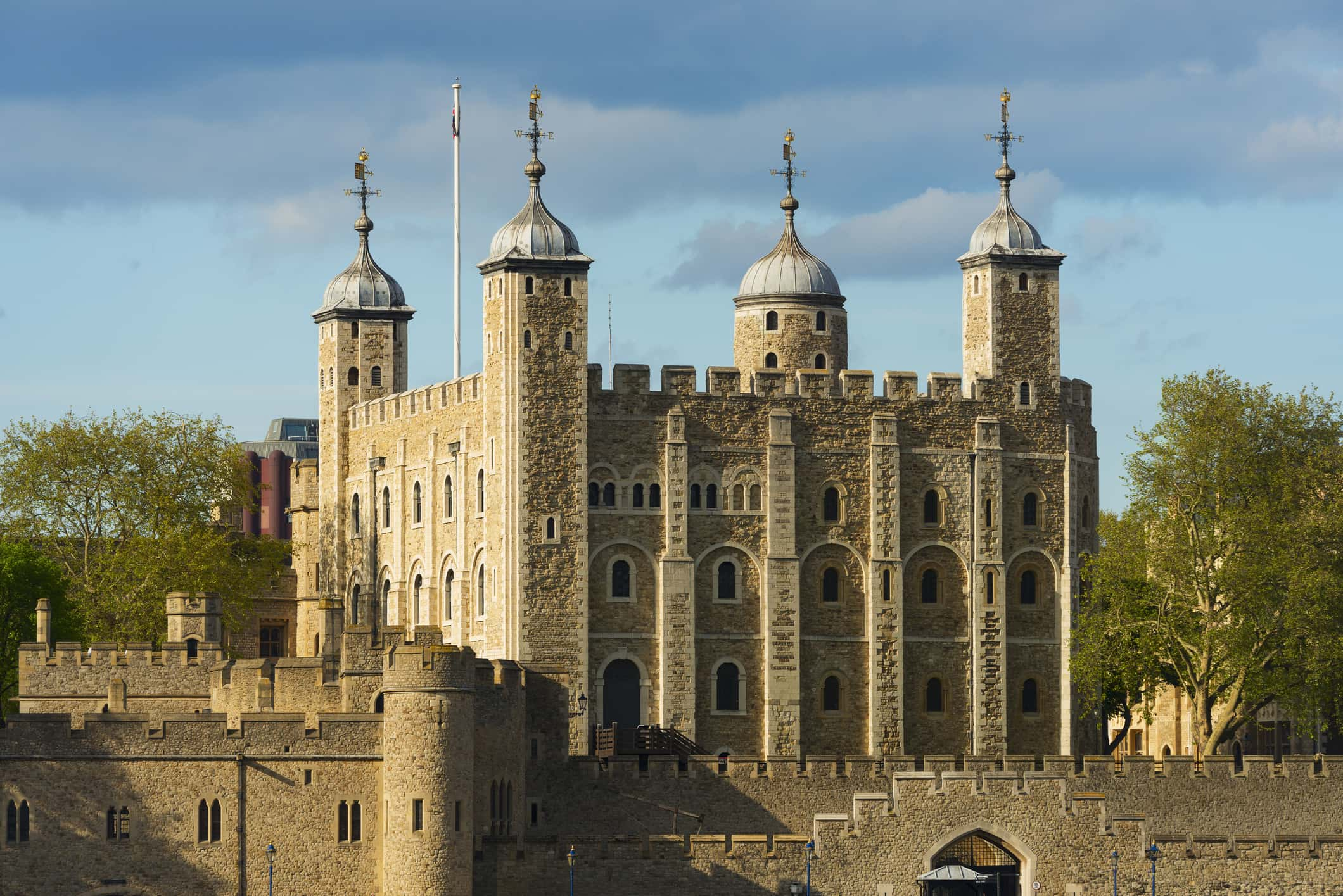
3. A Home For Execution
The site is home to 22 executions, with the last being a lot closer in time than you might think. A man by the name of Josef Jakobs, a German spy, was found parachuting into the city of London in 1941. In August of that year, he suffered his end by way of being shot. If you’re interested, you can check out the chair he was sitting in that day by visiting the Royal Armouries in London.
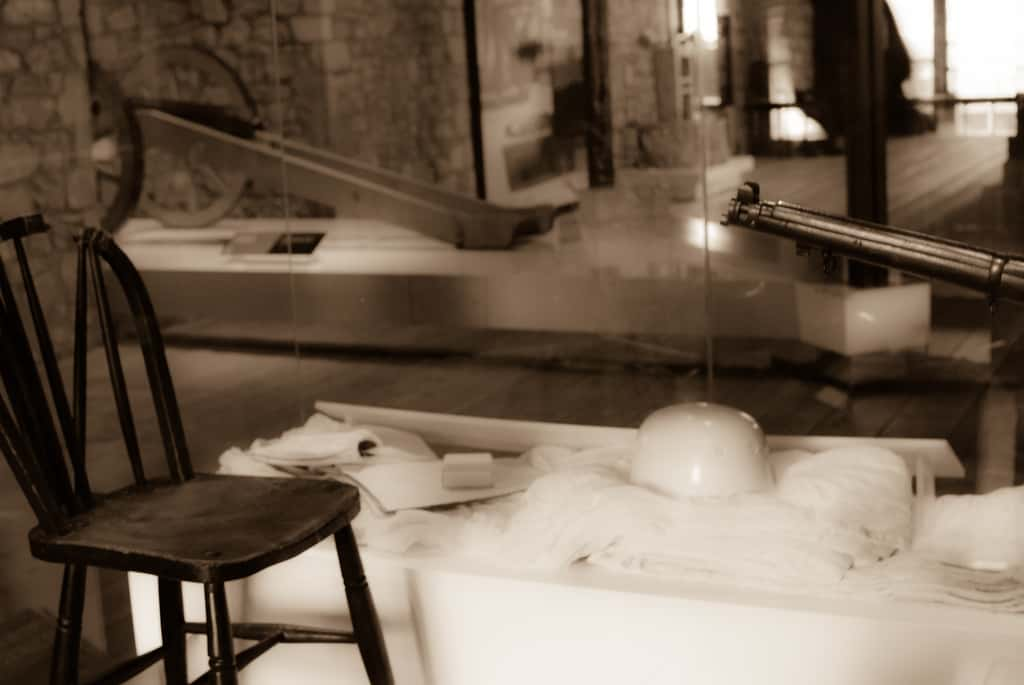 Flickr
Flickr
4. A Public Affair
Executions were a bit of a public affair. To be fair, it’s not like they had computers or movies or phones way back then. The Tower once served as a prison for those inmates brought over by boat from Westminster. The executioner was in the boat with the accused, and, if the latter had been found guilty, the executioner would point his axe towards them. About 48 hours later, the public got their execution, right at the Tower.
5. Eleventh Time’s the Charm
Not every beheading was done in front of a live audience. Some of the more popular names who lost their heads on the grounds actually had the privilege to do so in a more private setting. These people were usually royals, and even their deaths were set apart from common folk. But that didn't always make the execution go smoothly. For the Countess of Salisbury, Margaret Pole, it took 11 swipes to finally get the job done. It’s probably a very good thing that particular case wasn’t carried out in front of the crowd.
6. Filling The Moat
Not too long ago, in 2014, the moat was once again filled—just not with water. Instead, the Tower’s moat was filled with exactly 888,246 ceramic poppies. Each of those was to honor a British fatality, or one from a colony, during World War I. Millions of people from all over the world were captivated by this display, named "Blood Swept Lands and Seas of Red".
7. If Those Walls Could Talk
No less than 22 monarchs have graced the halls of the Tower and added their own personal stamp to the grounds. That’s a whole lot of power trading hands for one building.

8. William, the Shut-In Conqueror
Originally, the Tower of London wasn’t even supposed to be a prison. William the Conqueror really only wanted it as his fortress and palace–somewhere to have so he could keep those he didn’t want to get in, out. But then the realization struck that if it did a good job keeping people out, it would do a pretty good job keeping them in, too. Always thinking, those medieval types.
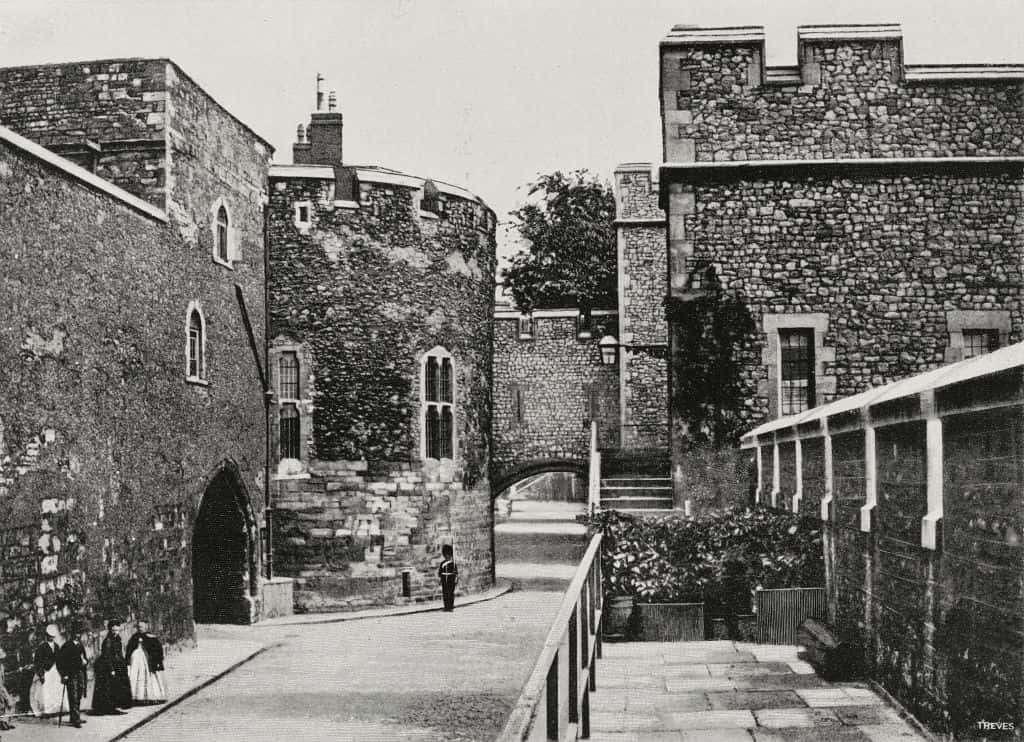
9. The Plan Goes Awry
In 1605, Guy Fawkes attempted to blow up the House of Lords and the king himself. He had set gunpowder in the cellars below parliament in his attempts, but things didn’t exactly go as planned. He was caught and held prisoner in the Tower before ultimately getting the axe. Though the violent interrogation lasted for two days, the only the thing that Fawkes would say was that there were 12 people involved in the failed attack, and refused to give up the names of his co-conspirators.
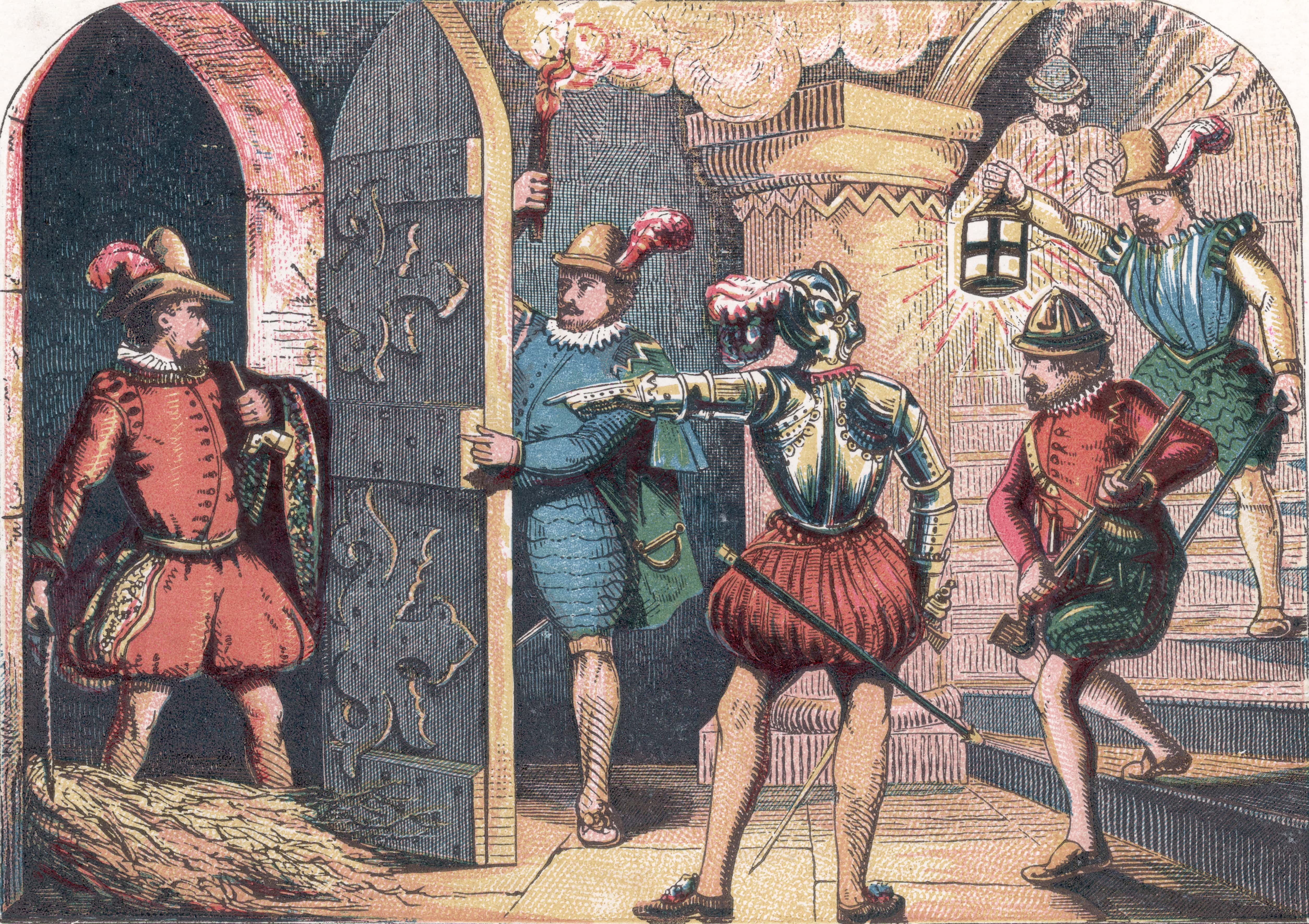
10. Good as New
Wear, tear, and time can take its toll on any heritage site, but it really wasn’t until World War II that the Tower of London suffered damage enough for it to be closed to the public. The white tower was missed during the bombings of London, but the castle portion sustained damage. Once the conflict was over, crews were able to fix and repair all the damage caused, with the public able to visit after it was all complete.
11. The Keepers of the Tower
A guard is always stationed at The Queen’s House. This guard is actually a silent one, and when it comes time to inform another officer of any updates, the guard simply whispers, "all’s well". These guards stay silent so that any noise they may make doesn’t bother anyone who’s staying in the house.

12. An Honorable Distinction
The Tower is one of over 900 World Heritage Sites, as designated by UNESCO. In fact, out of all the medieval structures and buildings on the list, it’s one of the few that is still relatively intact and unscathed by time.
13. A Village All Its Own
These days, you'd pretty much have everything you need if you were to live in the Tower. There’s a doctor on the grounds, a church, a village green, and even—for those of you who like a bit of drink—a pub.
14. The Unseen Inhabitants
If you’re in for a bit of a spook, rumors abound that the Tower is haunted. Among those royal personages said to still live there include Henry VI, King Henry VIII’s fifth wife Catherine Howard, and Prince Edward’s nurse Dame Sybil. If you’re more interested in something that isn’t human, apparently a grizzly bear ghost also roams the halls of the Tower.
15. Birds of a Feather
There’s quite an interesting superstition involving the Tower of London and, of all things, ravens. The line goes: "If the ravens leave the Tower, the Kingdom will fall". Well, that’s not at all eerie. There are at least six of these birds kept at the Tower at all times. The ravens even have part of a wing clipped so if they do decide to fly around, they won’t get very far. One very superstitious king, Charles II, initially wanted the ravens removed from the grounds. After he was told of the reasons why they stayed in the Tower, he changed his tune pretty quickly.

16. The Keeper of the Ravens, at Your Service
The Tower even employs a Ravenmaster. Of his position, Chris Skaife said, "I feed them, look after them, let them out during the day and make sure that they're nice and healthy for the members of the public to come and see them throughout the day and photograph them". And then at night? He makes sure they’re all safe and sound in their enclosure. Skaife even has multiple social media accounts where the public can keep up to date with the famous ravens of the Tower.

17. So Much Shiny
Ravens aren’t the only things kept in the premises. The Crown jewels, some 23,000 of them worth more than £20 billion combined, were moved to the Martin Tower some time ago. Tiffany’s ain’t got nothing on the Tower of London.

18. The Money Makers
For a good 500 years, the Tower of London was where most of England’s coin money was made, also known as the Mint. At first, it was even done by hand, with the designs hammered onto the metal. Eventually, all that hand carving was exchanged for a screw-press, and then the Mint was moved to a much larger space in the 1800s. If you think about it, that wasn’t really that long ago.

19. Dress Like a Knight
One main attraction at the site is the Line of Kings. It’s not exactly what it sounds like, though. It’s actually an exhibition showcasing the different armor and collections of weaponry. The display includes arms for hunting and sport, dating all the way back to medieval times. In fact, this exhibition has been available for public viewing for a very long time, dating back to the year 1652.
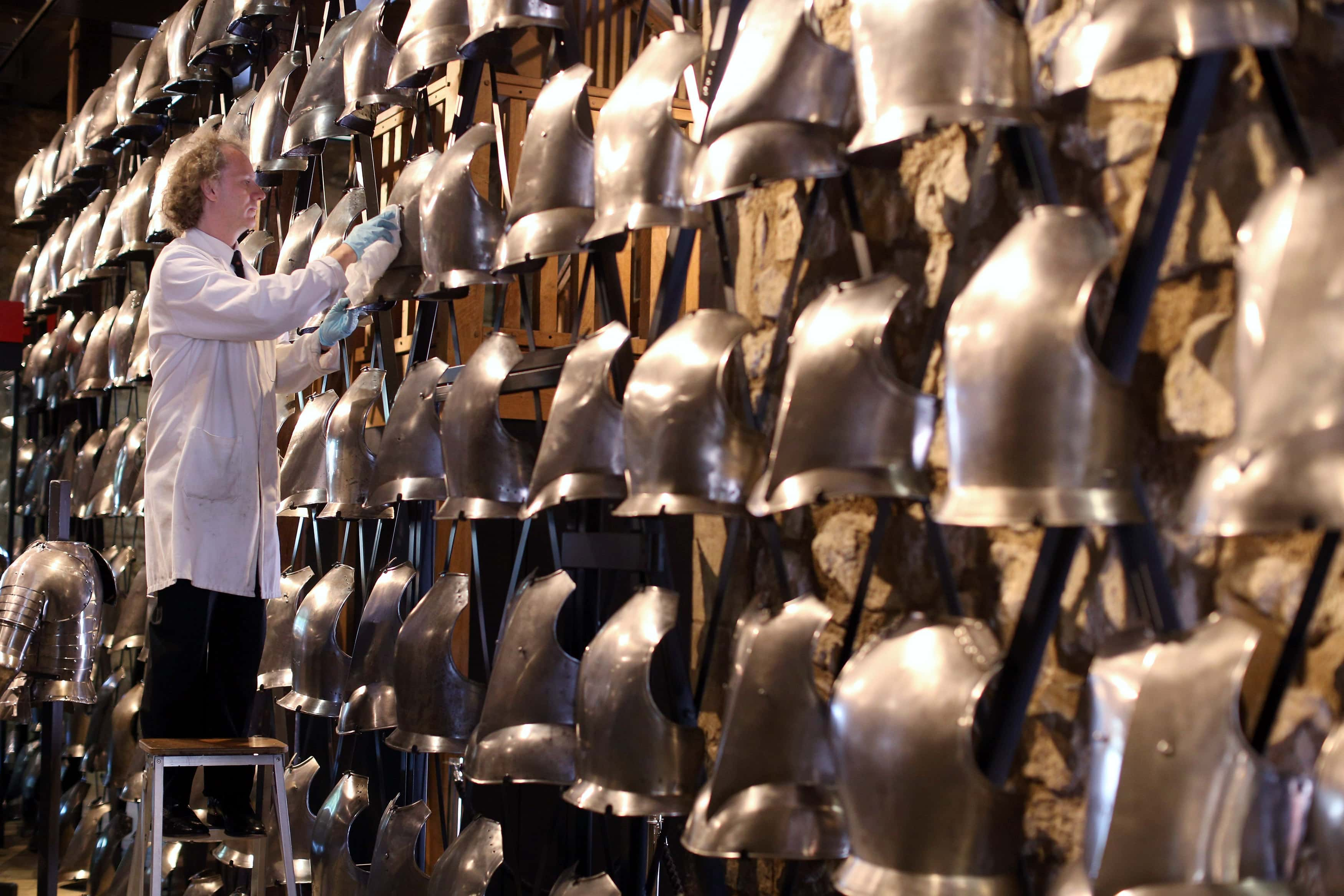
20. Oh, the Treachery!
Many people were held prisoner and locked away in the Tower for a variety of reasons. Some because of religion, some because of the threat of treason. Take, for example, Queen Elizabeth I. Her half sister, Queen Mary, thought that her power was at risk from Elizabeth when Elizabeth was still just a princess. I’m sure it was all just a big misunderstanding, right? Luckily, this imprisonment only lasted a couple of months.
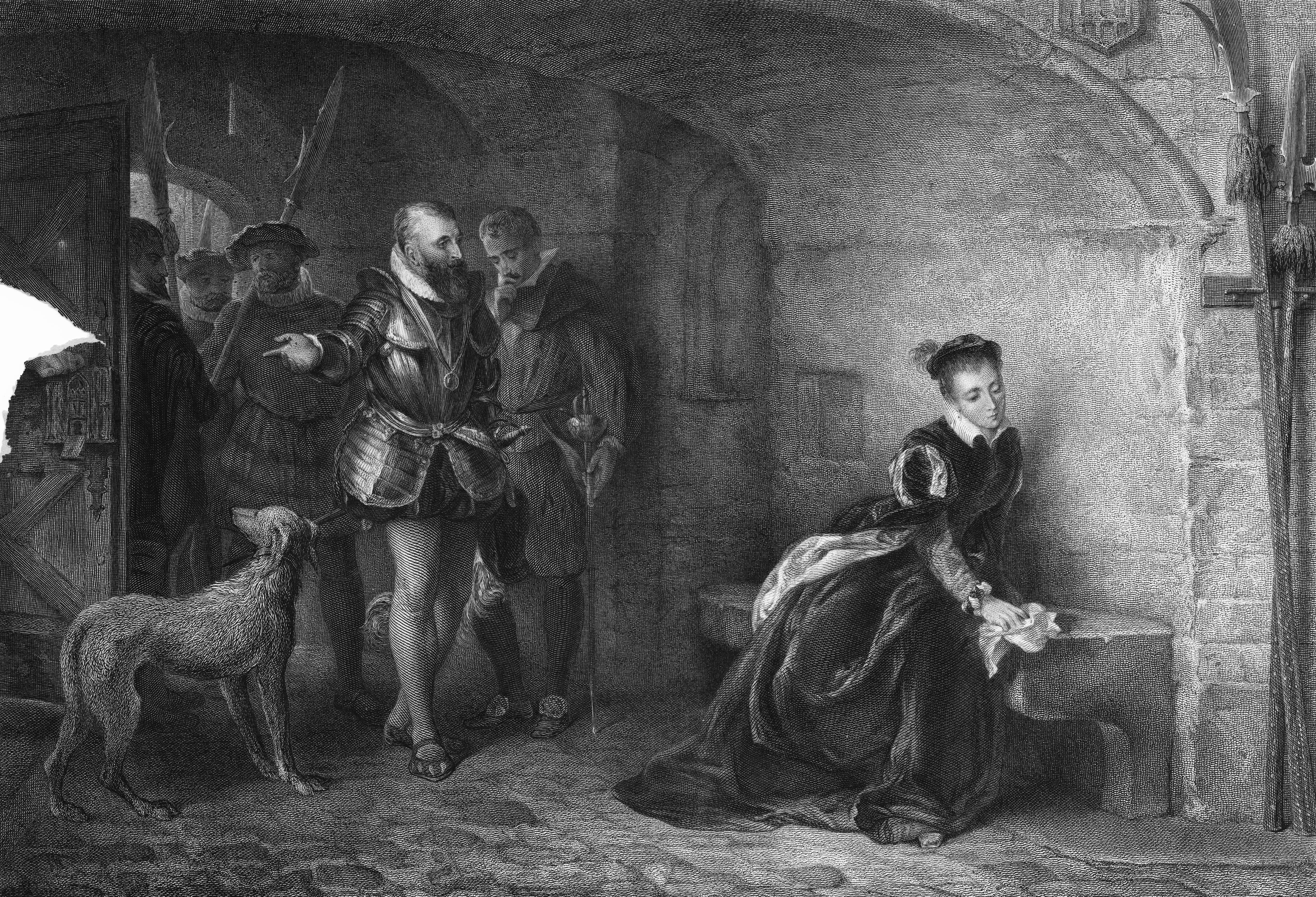
21. Visitor: Beware
If you’re a fan of castles, you’ll likely know that many are haunted by a female ghost. Some are dressed all in black, some in all white. The Tower of London is no different. It is said to be home to the White Woman, though we don’t know who she might be. Visitors tell of seeing something just in the corner of their eye, but when they look fully there’s nothing or no one there. That’s not all, though. These people also say they smell something terrible, like an old perfume that is quite distinct. There's also the feeling of chills running down their spine, or someone touching their shoulder, too. I think I’ll pass on that!
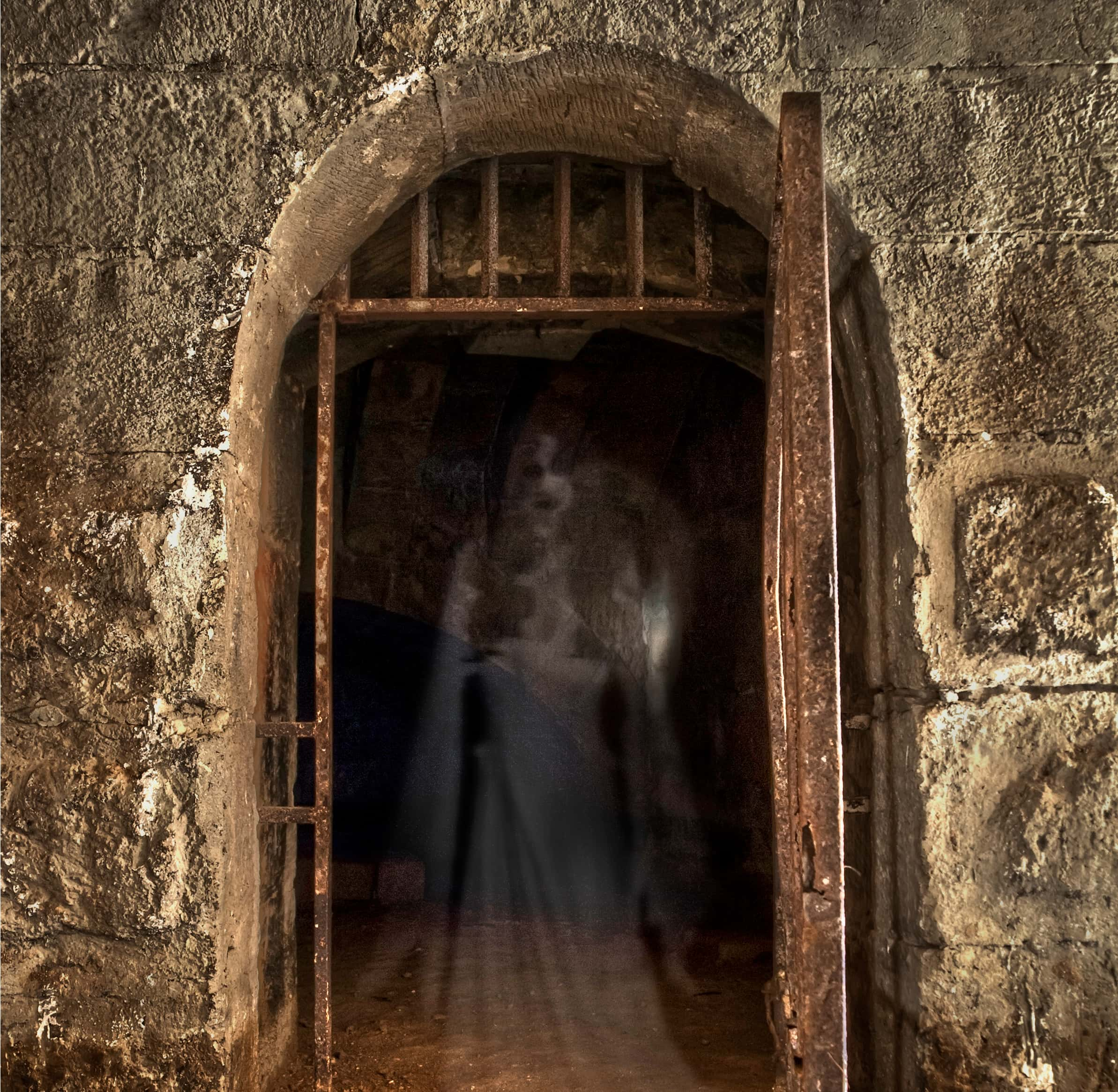
22. The Lost Boys
One of the darker stories of the Tower involves King Richard III and his two nephews, Edward V and Richard, Duke of York. The story goes that Richard locked the boys away, keeping them prisoner, and eventually had them executed so he could take the throne for his own. In the hundreds of years since, bones belonging to two boys were actually found inside the Tower. There's no proof that they are the missing boys or that Richard took their lives, but the evidence is still eerie.
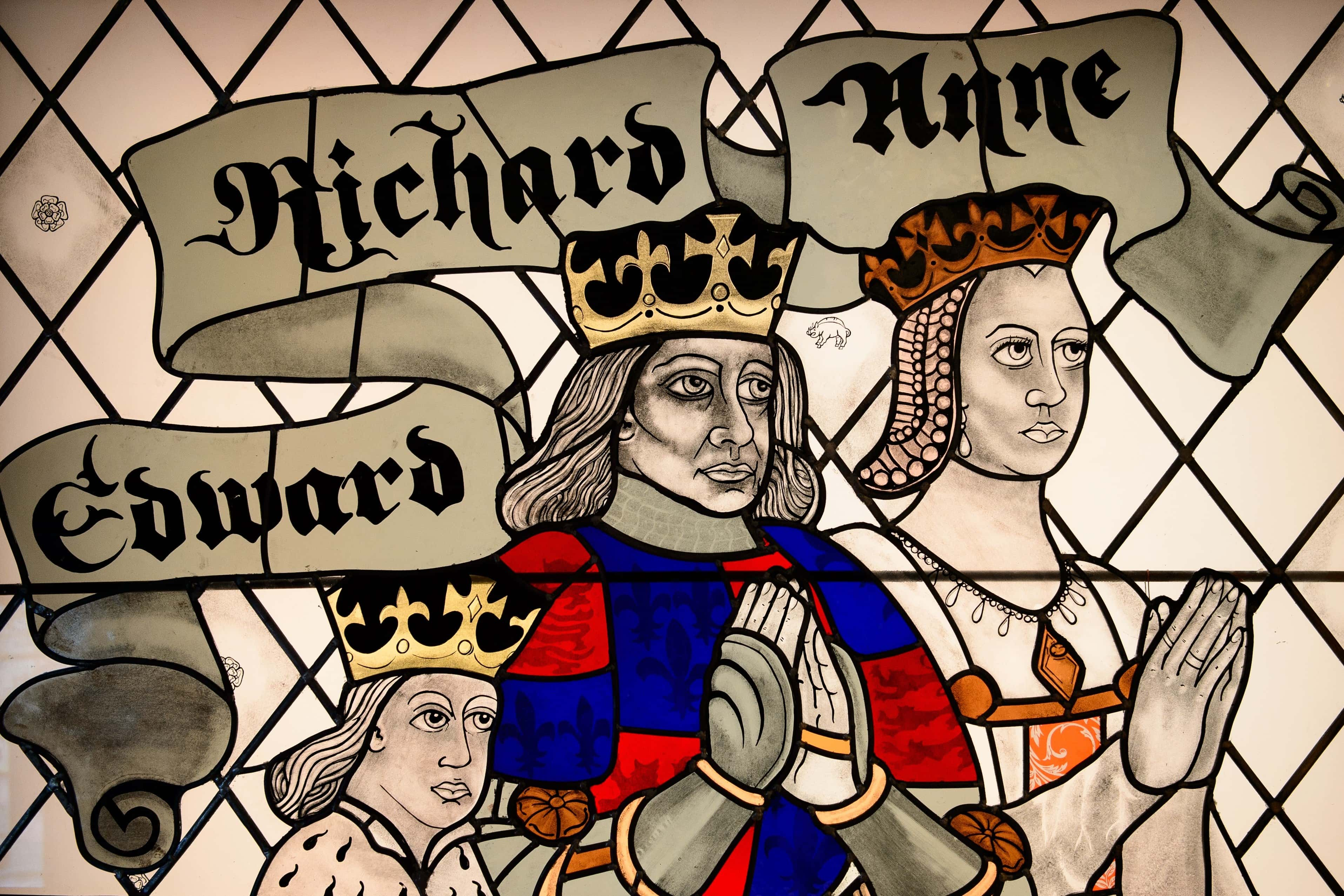
23. White Walls, Bathed in Red
Likely the most famous portion of the Tower of London is the White Tower, and it also happens to be the oldest. This is where a lot of bloody goings-on went down, earning its nickname of the "Bloody Tower". People like Catherine Howard, Anne Boleyn, Sir Walter Raleigh, and Lady Jane Grey were all held in this particular tower, and they all met their end by way of execution. Some even say that Boleyn walks around the halls with her head tucked under her arm.
24. Modern-Day Perils
The White Tower is made from Caen stone that was imported from France, but the structure is surprisingly in jeopardy today. No, not from potential attacks or the like. Instead, its white walls are at risk of turning yellow, because of something its original creators could never have foreseen: car exhaust.
25. Trying Saying These Five Times Fast
Officially speaking, the Tower of London is actually called Her Majesty’s Royal Palace and Fortress, the Tower of London. I get why everyone shortens it. Oh, and those who had the dubious honor of looking after the prisoners back when it was a prison? We generally just call them Yeomen, but their official job title was something even longer. You can call them a Yeoman Warder of Her Majesty's Royal Palace and Fortress the Tower of London, and Members of the Sovereign's Body Guard of the Yeoman Guard Extraordinary—if you’re feeling so inclined.
26. All in the Details
The Yeoman Warder is a pretty important role, one which takes many years of service to get to. To be considered for the role, one must have served for at least 22 years in the Armed Forces. Not only do the Yeomen live on-site at the Tower, but they also get some pretty detailed uniforms. All uniforms have gold threading, which means one set can cost roughly £7,000 each.
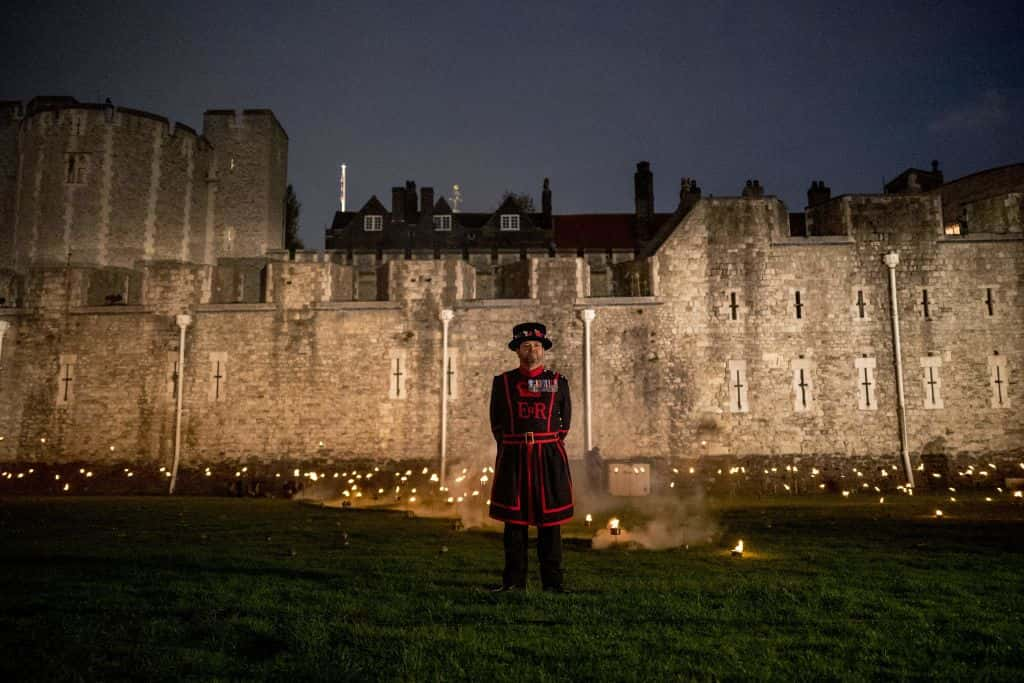
27. Lions, Tigers and Bears–Oh My!
For a good 600 years, the Tower of London was home to quite the arrangement of animals, by way of a zoo. Founded in the 1200s, animals like elephants, kangaroos, lions, polar bears, and even ostriches lived there. When the Tower Zoo closed in 1835, its animals were moved to the London Zoo.
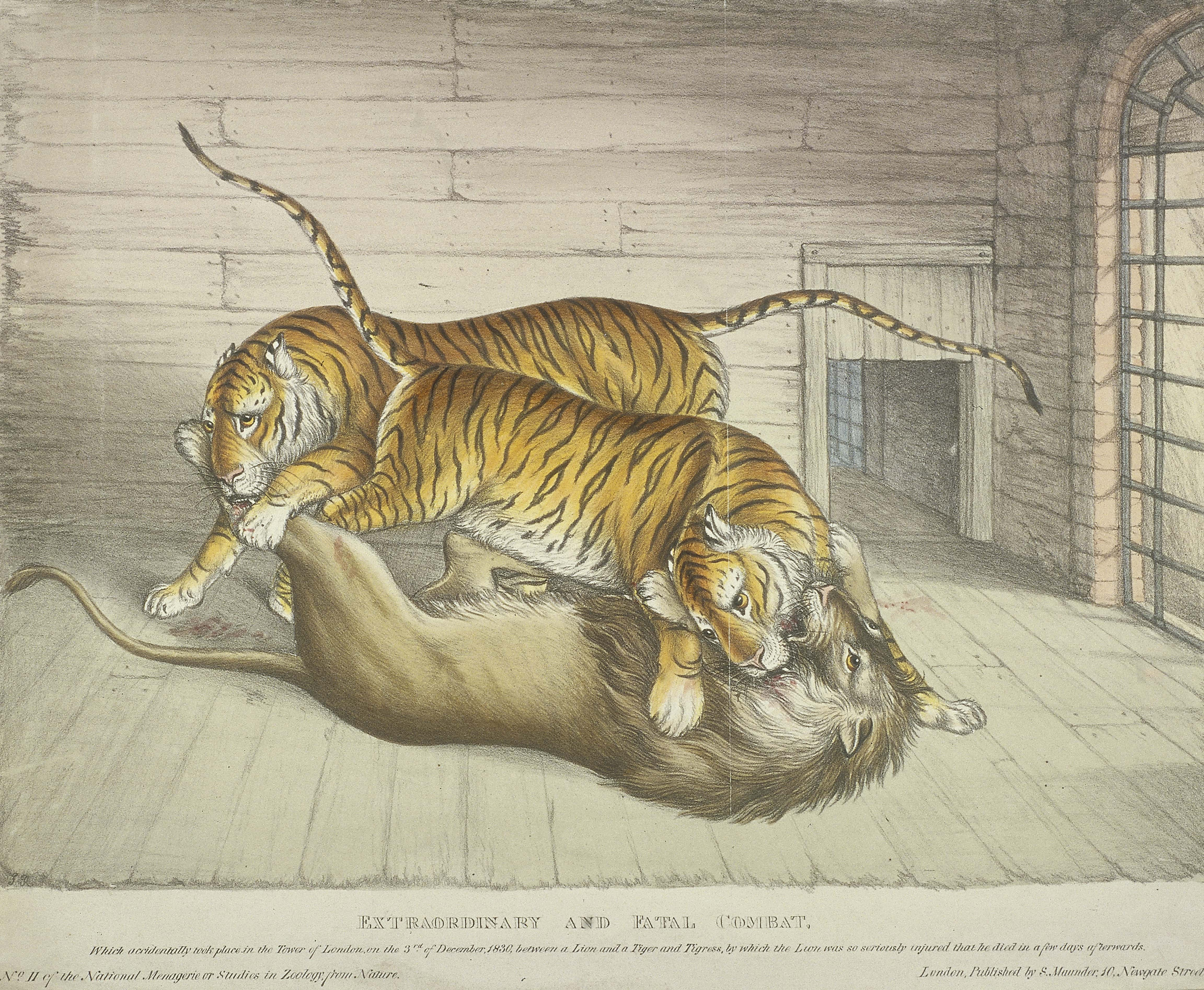
28. A Treasure Hunt, My Word!
Come close, we have a secret! There’s a long-running rumor that there’s gold hidden somewhere in the Tower. Legend tells us that Sir John Barkstead, a former Lieutenant of the Tower, hid roughly 20,000 gold coins somewhere in or around its grounds. No one has found it, though many have looked. Who knows if it’s even real? It could just be an old wives' tale at this point. No matter what, it’s fun to think that there could be all that treasure secreted away within the walls.
29. Wordplay
As King Henry VIII's second doomed queen, Catherine Howard may be one of the Tower's biggest tragedies; she was executed at the Tower of London after rumors swirled about her disloyal relations with Thomas Culpeper. Despite what folklore—and shows like The Tudors—have to say about Catherine Howard’s final words, there is no evidence that she ever said "I die a Queen, but I would rather have died the wife of Culpeper" on the scaffold. While it’s fun to imagine Catherine using her last moments to snub her scary husband, it’s a myth: she stuck to the traditional words about mercy and deserving "to die a thousand deaths" for betraying a king who always treated her so "graciously". Still pretty heartbreaking.
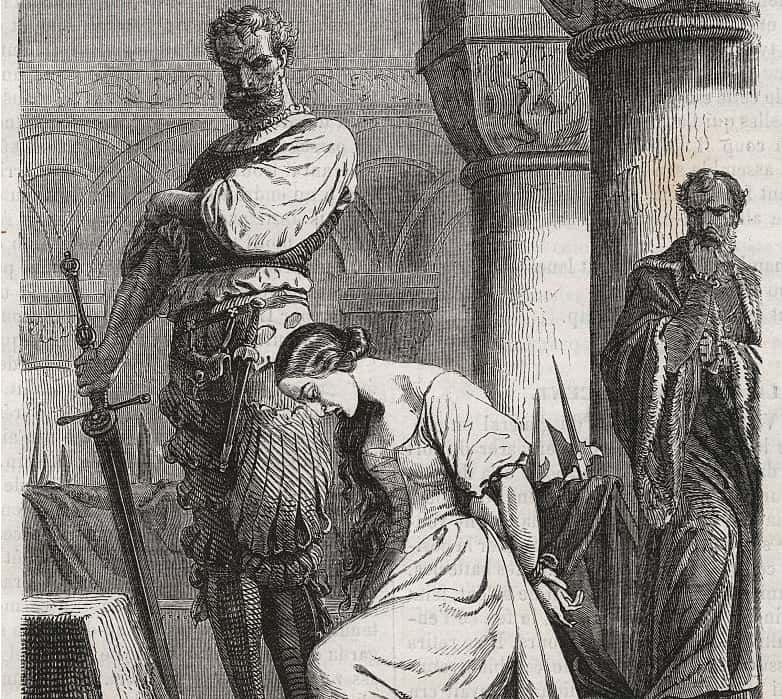
30. The Keeper of the Keys
The Tower of London is home to the world’s longest-running military ceremony—involving keys, of all things. Without fail at 9:53 pm every single night, the Chief Yeoman Warder and a member of the Queen’s Guard go around making sure that all gates are locked and secure for the night. There’s even a bit of a back-and-forth between the Yeoman, the Guard member, and a sentry, where the latter says "Halt! Who comes there?" The response is "The Keys," to which the sentry wants to know just whose keys. And of course, every night, the answer is "Queen Elizabeth’s Keys".

31. The Key to Nowhere
You may wonder: have the keys ever been misplaced, or even stolen? The answer is yes—they were actually stolen in 2012. A security lapse allowed for some keys to be taken, though these particular keys weren’t for anywhere overly important (like, say, where the Crown Jewels are kept). As soon as it was discovered the keys were gone, those locks that would have been affected were promptly replaced.
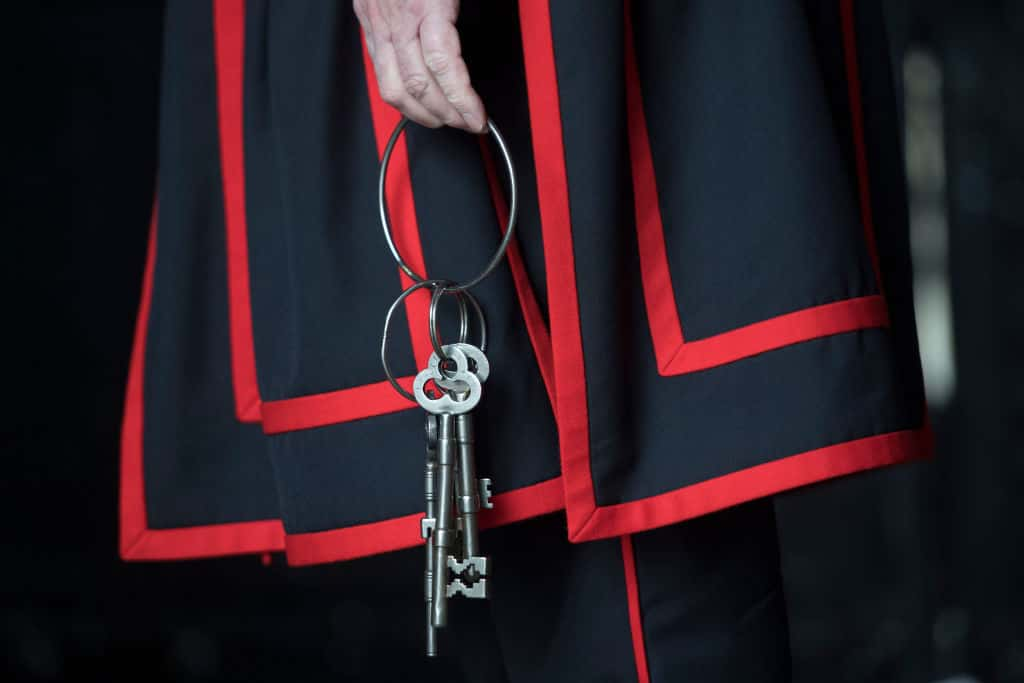
32. Witchcraft and Treason
Perhaps Henry VIII's most famous queen, when Anne Boleyn was brought to the scaffold to die in May 1536. Boleyn was accused of adultery with multiple men (including her brother), and of plotting to murder the king and her lovers so she could marry Henry Norris. Modern historians agree that the charges brought against Boleyn that led to her execution were false and unconvincing, and that Henry had her executed likely because she didn't happen to have any male children.
Before her execution, Boleyn begged leave to address the crown and was granted the right to do so. Despite the limited evidence against her, she said, "Good Christian people, I am come hither to die, for according to the law, and by the law, I am judged to die, and therefore I will speak nothing against it". As she awaited the executioner’s blade, kneeling on the block, she repeated the phrase, "To Jesus Christ I commend my soul; Lord Jesus receive my soul".
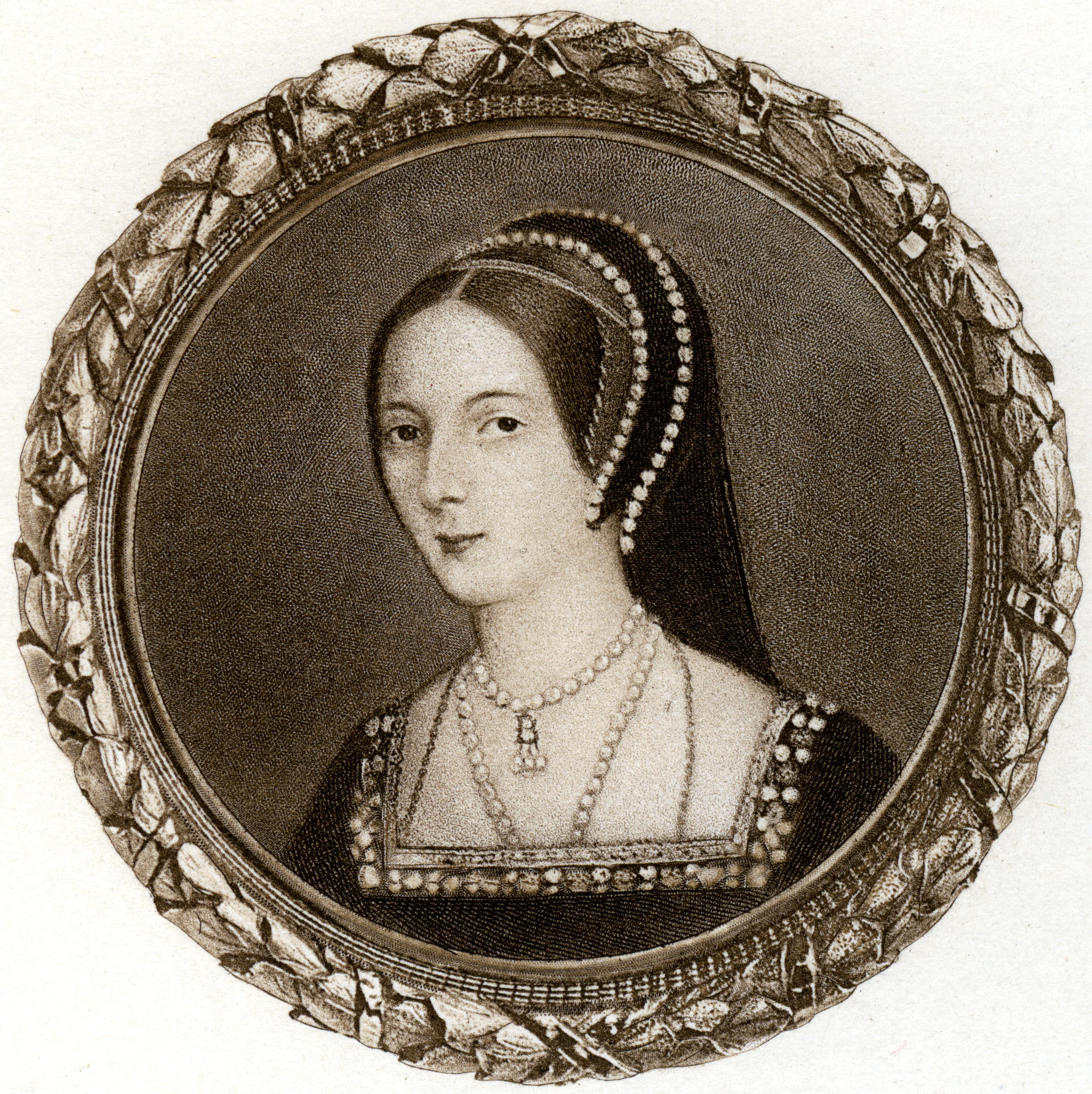
33. Is It Her?
Despite the careful planning that went into Boleyn’s execution, little to no thought was given to what should be done with her remains afterward. Not having arranged for a coffin, her remains were allegedly put into an old arrow chest, and she and her brother were buried in an unmarked grave in front of the altar at the Church of St. Peter ad Vincula. In an interesting twist, it turned out that five other beheaded women had been buried under the altar, and it had simply been assumed that the bones found in an arrow chest there were hers. There is also a theory that her relatives had her body secretly reburied somewhere else, which based on that discovery, might have been true. Without DNA testing, the truth will probably never be known.
34. Off With Their Heads
The very last beheading at the site was in 1747, and the unlucky man was Simon Fraser, the 11th Lord Lovat. A Scottish patriot, his heartbreaking last words were from Horace, "Dulce et decorum est pro patria mori," or "it is sweet and seemly to die for one's country". But the day had a further tragedy: people lined a scaffold, overburdening it. It ended up collapsing, killing nine people. It's said that Fraser, who had not yet been executed when the scaffold fell, looked on wryly as the spectators shared his fate.

35. The People Fight The Tower of London
Way, way back in 1381 there was a peasant’s revolt. The king at the time, Richard II, had introduced a new tax on his people, about which they weren’t happy. In June of that year, some 20,000 rebels, following their leader Walter "Wat" Tyler, converged on London and went straight to the Tower.
Richard II agreed to meet with these rebels, but when the gates opened hundreds of rebels rushed in, making it all the way to the White Tower. There, they found the much-loathed Simon Sudbury, the Archbishop of Canterbury, and promptly removed his head from his body. But they weren't done yet.
The crowds also made their way to the king’s private rooms, where they found the ladies of the court hiding and assaulted them. Eventually, Tyler was slain by the king’s men, and the rebels ended their fight against the crown.
36. All My Little Words
Lady Jane Grey, also known as the Nine Days Queen, was imprisoned and executed at the Tower after Queen Mary I deposed her less than two weeks into her reign. When it came time for her execution, the young Jane asked her executioner if he was going to take off her head before she could kneel down. He replied, "No, madam". Blindfolded, she then fumbled a bit—as awkward teenagers do—to find the block with her hands and cried, "What shall I do? Where is it?" A deputy helped guide her. Right before her head was struck off, Jane drew her last words—the same last words of Jesus Christ in Luke: "Lord, into thy hands I commend my spirit!" and then perished on 12 February 1554. She was 16 or 17 years old.


